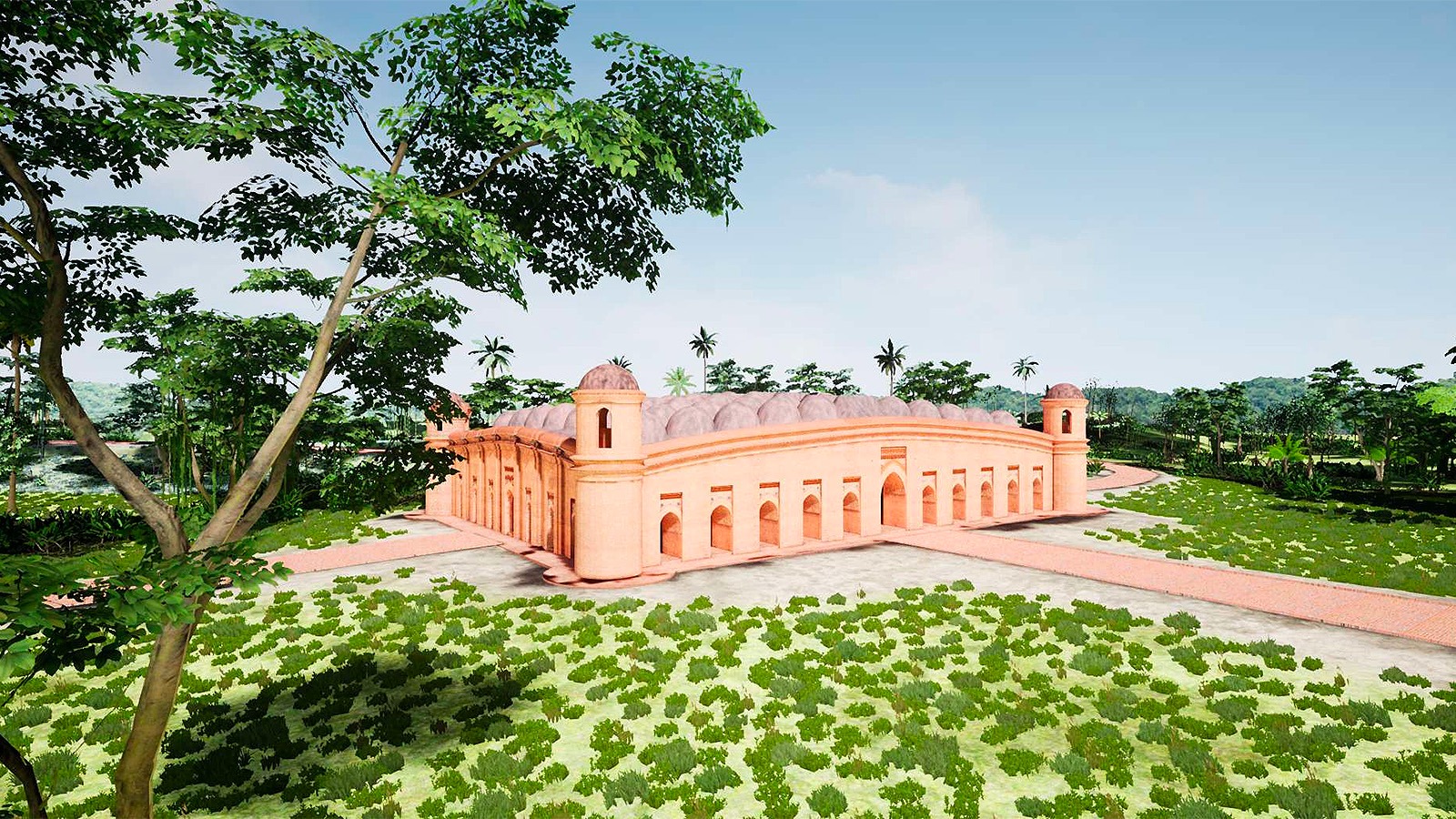The nature of Bangladesh is one of the most diverse and rich ecological wonders in South Asia. The nature of Bangladesh encompasses vast river systems, mangrove forests, tropical hills, tea gardens, coral islands, and biodiversity hotspots. Preserving the Nature of Bangladesh is essential for future generations as well as for the planet. The nature of Bangladesh is home to endangered species such as the Royal Bengal Tiger, Asian elephants, and countless migratory birds. Tourists around the world are beginning to recognize the value of the nature of Bangladesh and are seeking sustainable ways to explore it. Sustainable travel ensures that the nature of Bangladesh is protected, respected, and experienced responsibly. Communities that live within and around the nature of Bangladesh benefit when travelers follow eco-friendly practices. The nature of Bangladesh is both fragile and resilient, and it needs careful stewardship to prevent over-tourism, pollution, and habitat loss. Whether you’re trekking in the hill tracts, boating through the Sundarbans, or birdwatching in the wetlands, the nature of Bangladesh responds to human impact. The responsibility lies with all of us to cherish the nature of Bangladesh, travel consciously, and make eco-tourism part of the solution.
Understanding Sustainable Travel in Bangladesh
Sustainable travel means exploring the nature of Bangladesh without compromising its ability to thrive. It includes choosing eco-friendly transport, minimizing waste, supporting local communities, and protecting wildlife. The rise of eco-lodges, community-based tourism, and conservation programs across the nature of Bangladesh shows a growing commitment to sustainability. Unlike mass tourism, which often harms ecosystems, sustainable travel focuses on preserving the integrity of the nature of Bangladesh. It encourages travelers to learn about local customs, eat local food, and reduce carbon footprints. Sustainable travel in the nature of Bangladesh also promotes education—raising awareness among tourists and locals alike about the importance of environmental protection.
Key Eco-Destinations in Bangladesh
One of the best examples of the nature of Bangladesh is the Sundarbans, the world’s largest mangrove forest and a UNESCO World Heritage Site. Home to crocodiles, tigers, and unique bird species, it is an irreplaceable ecological treasure. Sustainable travel here involves licensed guides, restricted boat routes, and rules to avoid disturbing the wildlife—practices designed to protect the nature of Bangladesh.
In Sylhet, tea gardens and rainforests like Lawachara National Park attract visitors eager to explore the hilly side of the nature of Bangladesh. These areas are managed with an eye on conservation, where tourists are encouraged to respect trails, avoid littering, and engage with local communities respectfully. The Chittagong Hill Tracts offer yet another view of the nature of Bangladesh, with tribal communities living in harmony with their environment. Here, responsible trekking and homestays help support indigenous livelihoods and maintain cultural integrity.
St. Martin’s Island represents the marine biodiversity of the nature of Bangladesh, known for its coral reefs, sea turtles, and clear waters. Sustainable tourism practices here aim to reduce plastic use, protect the reefs, and promote marine conservation through guided diving and snorkeling experiences.
Why Choose Us
We specialize in providing eco-friendly travel experiences that showcase the remarkable nature of Bangladesh. Our tours are designed to minimize environmental impact while maximizing cultural and ecological understanding. We work closely with local communities and conservation organizations to ensure that your journey supports the preservation of the nature of Bangladesh. Our experienced guides are trained in sustainable practices and passionate about protecting wildlife and ecosystems. From eco-lodges to guided nature walks, every aspect of your trip is crafted to honor the nature of Bangladesh. When you travel with us, you contribute to a model of tourism that empowers people and protects the planet.
How Tourism Can Help Conservation
Tourism, when practiced sustainably, can be a force for good. In the nature of Bangladesh, community-based tourism projects are helping reduce poverty and preserve local traditions. Entrance fees from protected areas fund conservation programs, reforestation, and wildlife protection. Travelers play a role in these efforts by choosing ethical operators, avoiding exploitative wildlife encounters, and supporting locally made products. The nature of Bangladesh benefits when tourism dollars go back into the environment and the people who protect it. Education is also key—visitors who experience the nature of Bangladesh firsthand often become advocates for its protection.
Tips for Responsible Travel
If you’re planning to explore the nature of Bangladesh, keep these sustainable travel tips in mind:
– Avoid single-use plastics. Carry a reusable bottle and bags.
– Stick to marked trails to prevent habitat disturbance.
– Never feed or approach wildlife.
– Respect local customs and dress modestly in rural areas.
– Support local guides, shops, and family-run accommodations.
– Reduce energy and water use during your stay.
By following these simple steps, you help preserve the nature of Bangladesh and set a positive example for others.
FAQs
Q1: What is the best time for eco-tourism in the nature of Bangladesh?
The best time is between November and March when the weather is pleasant, and wildlife sightings in forests and wetlands are more frequent.
Q2: Are there eco-friendly accommodations in Bangladesh?
Yes, several eco-lodges and sustainable resorts operate near key nature reserves, offering green stays that protect the nature of Bangladesh.
Q3: Can I volunteer in nature conservation projects?
Absolutely! We offer partnerships with local NGOs where you can contribute to the protection of the nature of Bangladesh through tree planting, clean-ups, or wildlife research.
Q4: Is it safe to explore remote nature areas in Bangladesh?
Yes, with professional guides and proper planning, it’s safe to explore the wild nature of Bangladesh. We prioritize your safety while ensuring minimal environmental impact.
Q5: What wildlife can I expect to see in the nature of Bangladesh?
Depending on the region, you might see Bengal tigers, river dolphins, gibbons, deer, migratory birds, and more—all part of the rich nature of Bangladesh.
A Greener Path Forward
Sustainable travel is no longer a luxury—it’s a necessity, especially when it comes to the delicate and awe-inspiring nature of Bangladesh. Every choice a traveler makes—what to eat, where to stay, how to move—has an impact. As more people discover the wild beauty of the nature of Bangladesh, there is hope that tourism can become a tool for conservation, not destruction. The future of eco-tourism lies in education, responsibility, and community collaboration. By traveling sustainably, you don’t just visit the nature of Bangladesh—you become part of its ongoing story of preservation and respect.



